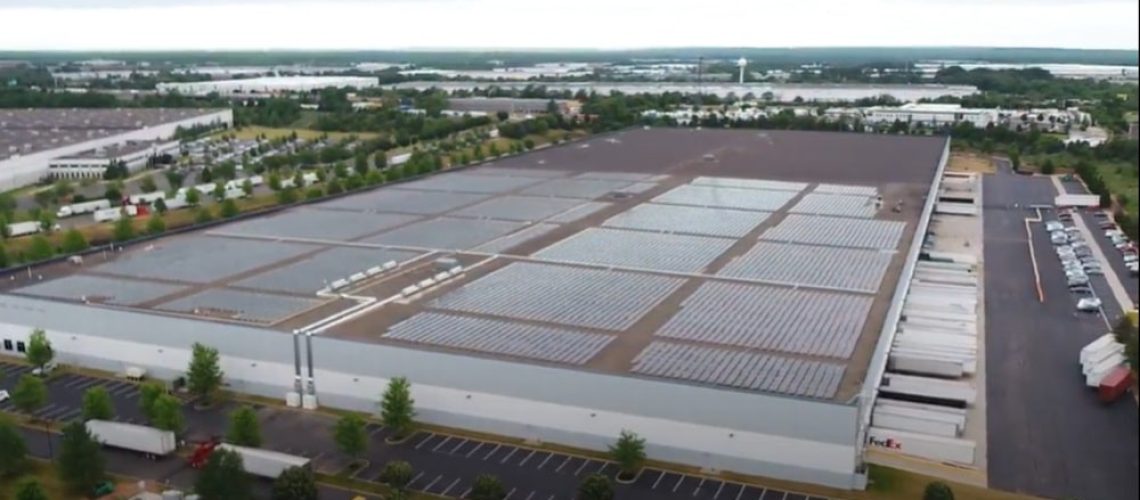The California Public Utilities Commission issued a proposed decision that the Net Value Billing Tariff conflicts with federal law, leaving to question the future of the potentially burgeoning community solar market.
Earlier this year assembly member Chris Ward, AB 2316 put forth the Community Renewable Energy Act that would create a community renewable energy program, including community solar-plus-storage, to overcome access barriers for nearly half of Californians who rent or have low incomes.
Community solar enables small businesses and residents who are renters or who otherwise cannot put solar on their roof to subscribe to a portion of an off-site solar facility, receiving a utility bill credit for the power it generates.
AB 2316 is based in part on New York’s program, which has established the state as the nation’s leader in community solar. Governor Newsom signed the bill into law last September, essentially requiring the California Public Utilities Commission (CPUC) to create an affordable and equitable community solar program. Then it advanced to the CPUC to undergo the rulemaking process.
The Community Renewable Energy Act (AB 2316) was sponsored by the Coalition for Community Solar Access (CCSA), and met with strong support from groups like SEIA, GRID Alternatives, Vote Solar, the Sierra Club, the Union of Concerned Scientists, the Natural Resources Defense Council, and more. Notably, investor-owned utilities, which serve over 75% of the electricity usage in the state, opposed the bill. Pacific Gas and Electric, San Diego Gas & Electric, and Southern California Edison all signed on in opposition to the bill.
The CPUC asserted in its proposed decision that the Net Value Billing Tariff (NVBT) outlined in the Community Renewable Energy Act “conflicts with federal law and does not meet the requirements” of the bill.
In a statement released by CCSA, a national trade association representing over 125 community solar developers, businesses, and nonprofits, Derek Chernow, Western Regional Director, said the CPUC missed an opportunity to become a national leader in community solar.
“Unfortunately, this proposed decision misses the mark entirely and will make it impossible to ensure equitable access to renewable energy plus storage projects that maximize benefits to low-income communities and further environmental justice,” said Chernow.
The CCSA developed the NVBT and stated that the proposed decision’s assertion that it conflicts with federal law “manages to both misinterpret federal law and our proposal, and ignores precedent that has been set by states deploying community solar for more than a decade”.
Last month, the Department of Energy (DOE) reaffirmed the Federal Government’s significant commitment to rapidly deploying third-party developed community solar by establishing the National Community Solar Partnership (NCSP). The program set an ambitious goal of enabling enough community solar projects to power the equivalent of 5 million households, and achieve $1 billion in combined energy bill savings. This goal aligns with the DOE’s greater target of 100% clean electricity by 2035 and places a focus on ensuring that American citizens can meaningfully access the benefits of the energy transition.
CCSA noted that private developers, operating under similar models to the NVBT, have installed more than 6.6 GW of community solar capacity in more than a dozen states across the country.
Despite having to fallen behind Texas as the number one solar state in the nation, California is still a significant market. The CCSA contends that the U.S. cannot meet the DOE’s goals without a truly scalable community solar program in California.



